Click on the Image to Download File
Click on the Image to Download File


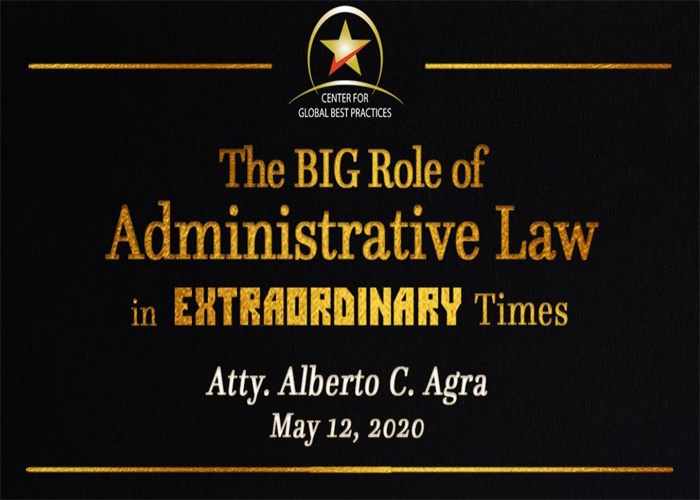
Total:
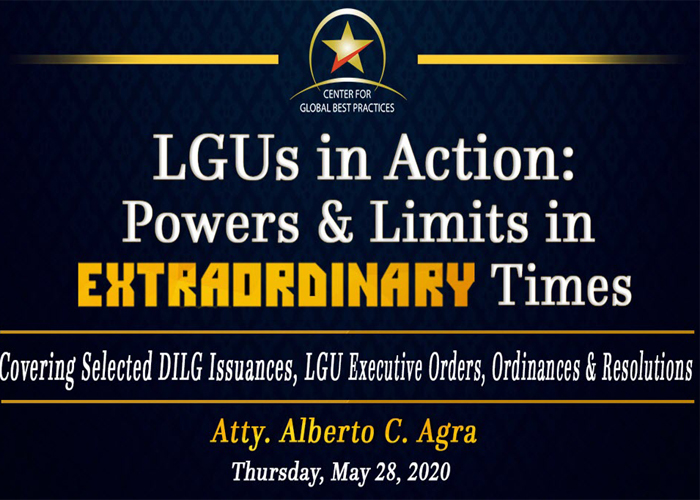
Total:
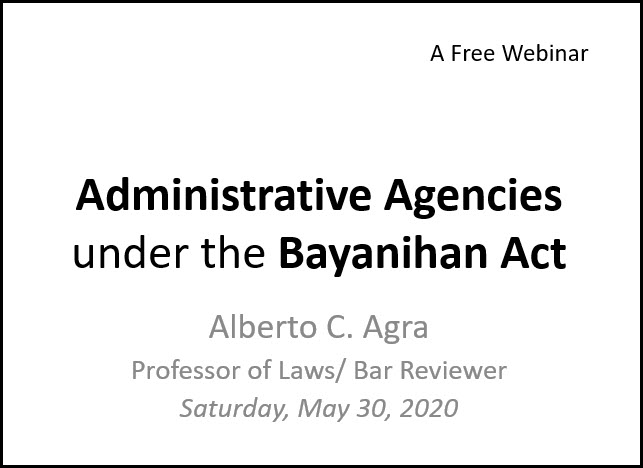
Total:
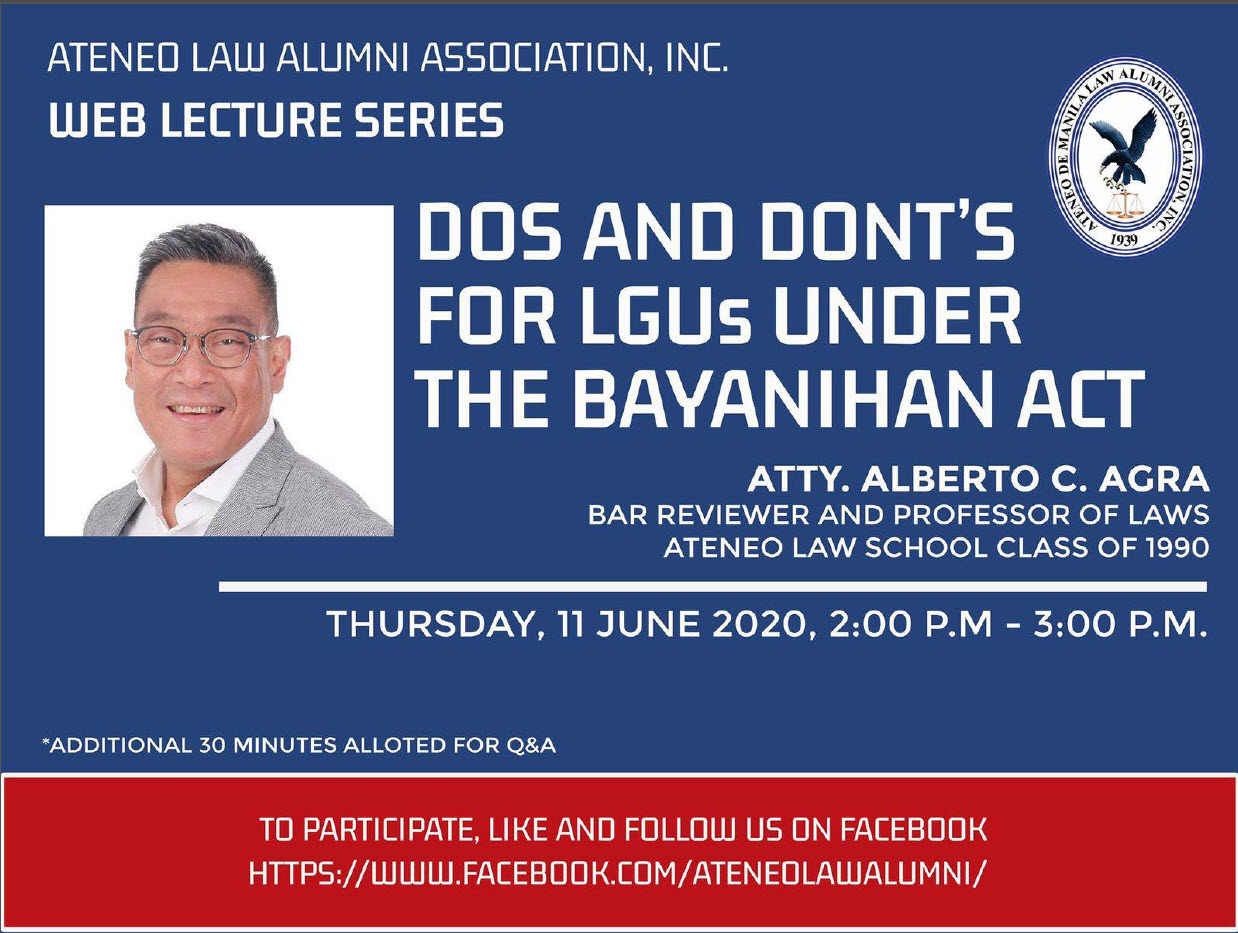
Total:
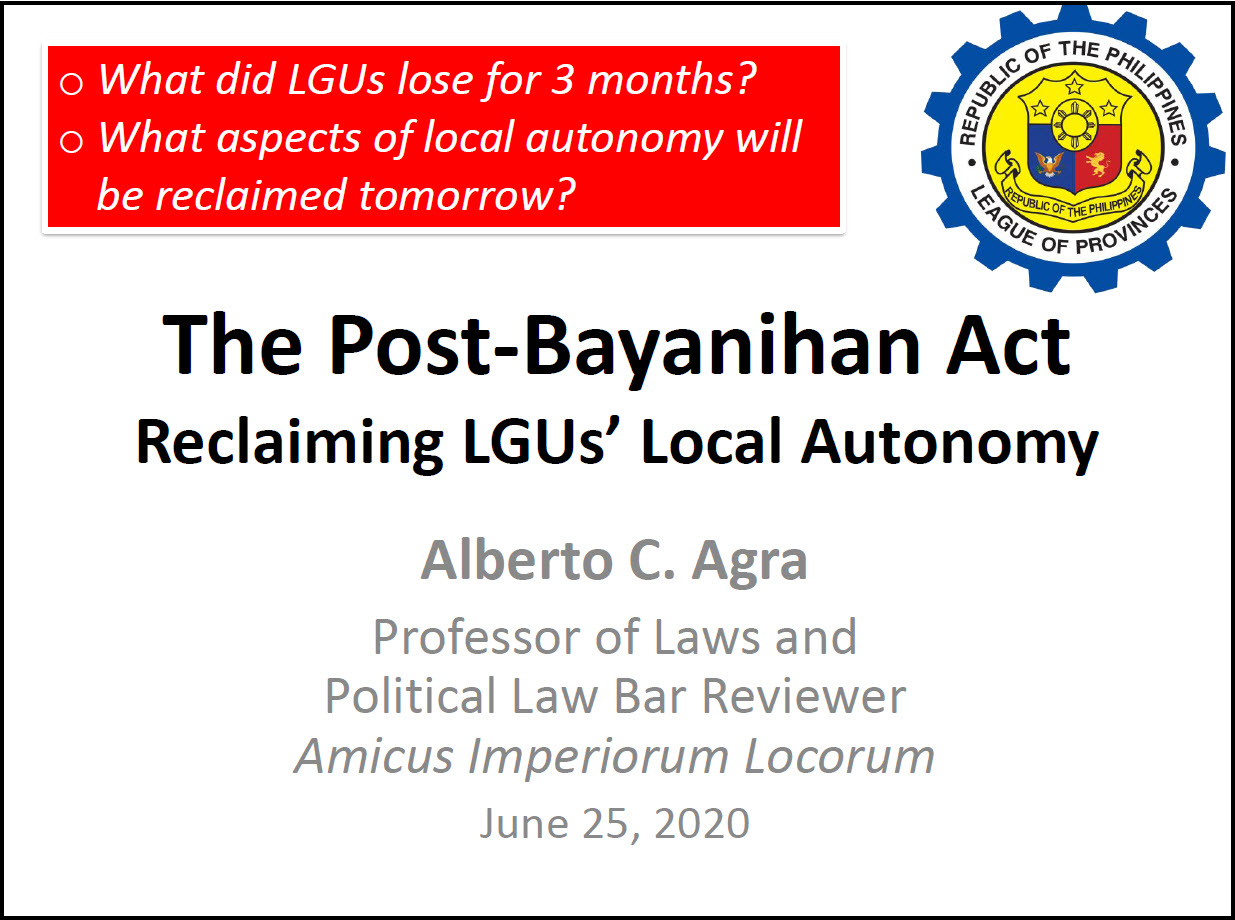
Total:
Click on the Image to Download File
Click on the Image to Download File







 WHAT is this P4 Program for local govern-ment units(LGUs)? What is the difference between P4 and P3, or public-private partnership? What is the role of the Depart-ment of the Interior and Local Government (DILG) in the promotion of P3/P4 at the local government level?
WHAT is this P4 Program for local govern-ment units(LGUs)? What is the difference between P4 and P3, or public-private partnership? What is the role of the Depart-ment of the Interior and Local Government (DILG) in the promotion of P3/P4 at the local government level?
DILG memorandum circular (MC) issued. Last Tuesday, September 6, Secretary Ismael D. Sueño signed an MC setting into motion the department’s LGU P4 initiative. P4 stands for PPP for the People. The Union of Local Authorities of the Philippines, private-sector umbrella organizations, PPP Center and the DILG family witnessed the issuance of this landmark regulation.
Clear message telegraphed. The messages are clear. The DILG wants to shift the focus of PPPs, from being pure transactions and project-based to being transformational and focused on the public good. PPPs must be advanced to serve the people, hence, the fourth P. And the “people” should not be confined to people in Metro Manila, urban centers and Luzon. Secretary Sueño underscored the need to have more projects in Mindanao and the Visayas.
 CAN there be a link between combatting the drug crisis and pursuing development through public-private partnerships (PPPs)? What antidrug programs and projects can be undertaken through PPPs? Who will be the payors of these projects? What PPP modalities can be used?
CAN there be a link between combatting the drug crisis and pursuing development through public-private partnerships (PPPs)? What antidrug programs and projects can be undertaken through PPPs? Who will be the payors of these projects? What PPP modalities can be used?
• Defining the context. In order to establish a link, the drug menace must be viewed as the problem and the context, while PPP should be advanced as a, not the, solution. PPPs should not be viewed as the goal. PPP is a vehicle and is just one of several change strategies.
• Expanding PPP’s limited concept. In order for PPP to be a viable strategy to respond to this problem, the concept of PPP must be expanded. Anti-illegal drugs-related PPPs should extend beyond infrastructure, should not be confined to private-sector financing, should be open to civil-society participation, and should involve all levels of the government bureaucracy. This is a basic recognition that government alone cannot address the crisis on a long-term and sustained basis.
 HAVE you seen government and Public-Private Partnership (PPP) projects that bear the name of the highest government official who signed the contract? What is your impression or reaction to this? If you were the successor chief executive, would you be tempted to discontinue this project or drop the name of the predecessor?
HAVE you seen government and Public-Private Partnership (PPP) projects that bear the name of the highest government official who signed the contract? What is your impression or reaction to this? If you were the successor chief executive, would you be tempted to discontinue this project or drop the name of the predecessor?
Every time a government or PPP project bears the picture, name, emblem, initials, logo, color or insignia of a politician or elective official, a disturbing message is communicated to the public and political opponents. Intentionally or unintentionally, consciously or unconsciously, the President, legislator, governor, mayor, punong barangay, head of agency is telling us that he or she “owns” the project, and that without him or her, there would not be any such project.
This public-relation scheme, while beneficial for the incumbent, may not augur well for the PPP project, which may last up to 50 years. In 50 years, there could be eight presidents, 16 governors or mayors and 50 heads of state corporations. If the successor is vindictive, has no respect for the sanctity of contracts, feels that s/he has a monopoly over righteousness and noble intentions, then long-term PPP contracts, policies and rules, may be susceptible to unilateral amendments, even rescissions. This “successor, political or regulatory risk” becomes more real if the projects are “personalized.”
 CAN a public-private partnership (PPP) project be undertaken by more than one implementing agency (IA)? How should turf issues be addressed and resolved? Which IA takes precedence? Who should undertake monorail, water, reclamation and bridge PPP projects?
CAN a public-private partnership (PPP) project be undertaken by more than one implementing agency (IA)? How should turf issues be addressed and resolved? Which IA takes precedence? Who should undertake monorail, water, reclamation and bridge PPP projects?
The first State of the Nation Address of President Duterte outlined 10 projects that may be implemented through PPPs, i.e., roads, airports, bridges, tourism-related facilities, harvest facilities, public health, irrigation, rail, ferry systems and public Wi-Fi. Aside from these, this columnist has another list of 10—waste-to-energy/renewable energy, water supply, septage/sewerage, reclamation, rehabilitation centers, monorail, mixed-use land development, markets, terminals and smart city projects.
The question now is who is the appropriate IA. There are three levels of IAs—national, local government and state corporations. All IAs are part of the State who should recognize the indispensable role of the private sector in development. They have their mandates governed by their respective charters and all are duty-bound to serve the people.
 WHO will public-private partnerships (PPPs) fit into the proposed grant of emergency powers in addressing the traffic crisis? What are the boundaries of the grant of emergency powers to the Executive branch of government? What PPP related laws must be changed to expedite PPPs?
WHO will public-private partnerships (PPPs) fit into the proposed grant of emergency powers in addressing the traffic crisis? What are the boundaries of the grant of emergency powers to the Executive branch of government? What PPP related laws must be changed to expedite PPPs?
 CAN a public-private partnership (PPP) project accommodate another PPP arrangement? What are the types of projects that allow this PPP-in-a-PPP approach? If this was the case, must the second PPP project go through another round of competitive process? Must the two PPP projects be pursued under the same modality? Can a completed government project permit a PPP project in the future?
CAN a public-private partnership (PPP) project accommodate another PPP arrangement? What are the types of projects that allow this PPP-in-a-PPP approach? If this was the case, must the second PPP project go through another round of competitive process? Must the two PPP projects be pursued under the same modality? Can a completed government project permit a PPP project in the future?
If a PPP is viewed as a change and development strategy, which it should be, PPP-in-a-PPP and the “hybrid” approaches should be encouraged, planned and even anticipated. Such an orientation promotes innovation and project enhancement.
When viewed as project-based, a PPP deals with a project with predetermined targets, deliverables and obligations. If a project only involves water supply, then water distribution is excluded. If a PPP contract only talks about the construction and maintenance of a road project, then the private sector proponent (PSP) cannot lay claim, by virtue of that contract, to land development along the road.
 DID President Duterte mention public-private partnerships (PPPs) in his State of the Nation Address (Sona)? Can the programs and projects he enumerated last week be pursued through PPPs? Is PPP a viable option for the priority activities of the current administration?
DID President Duterte mention public-private partnerships (PPPs) in his State of the Nation Address (Sona)? Can the programs and projects he enumerated last week be pursued through PPPs? Is PPP a viable option for the priority activities of the current administration?
While there was no mention of PPP in the Sona on July 25, the vision and the context by which PPPs can be effected have been laid out. For PPPs to work and to work in harmony with other change strategies, the “dream” and the values by which this will be achieved must be clarified. The President has sent the message.
At the onset, it must be underlined that PPP is not the end in itself. PPP is one of—not just the only means—many vehicles that may be used by the government to reach its development goals. PPP presupposes that government needs a “partner”. Government cannot realize its vision of society on its own.